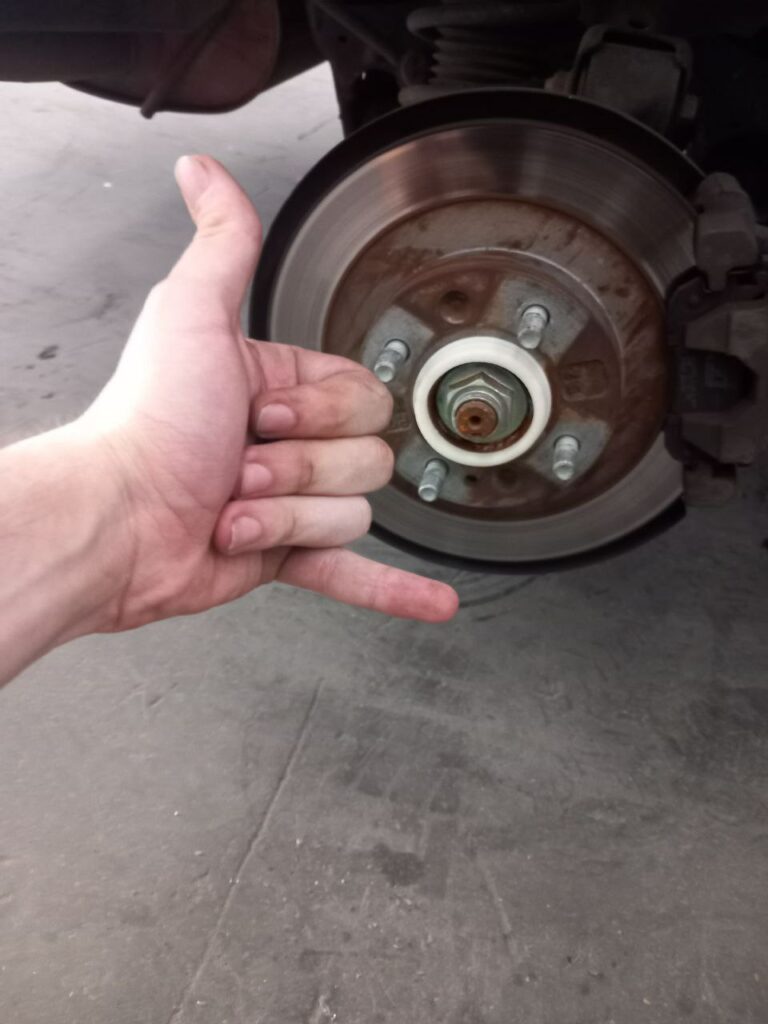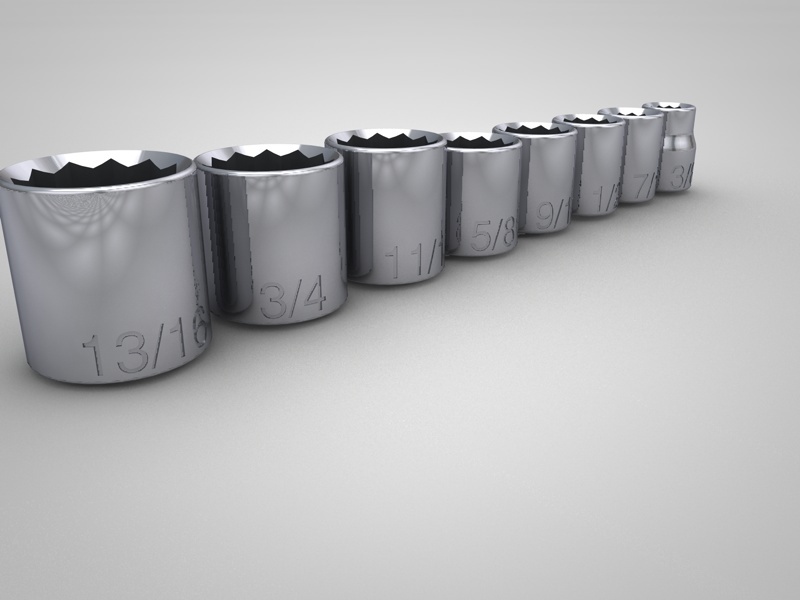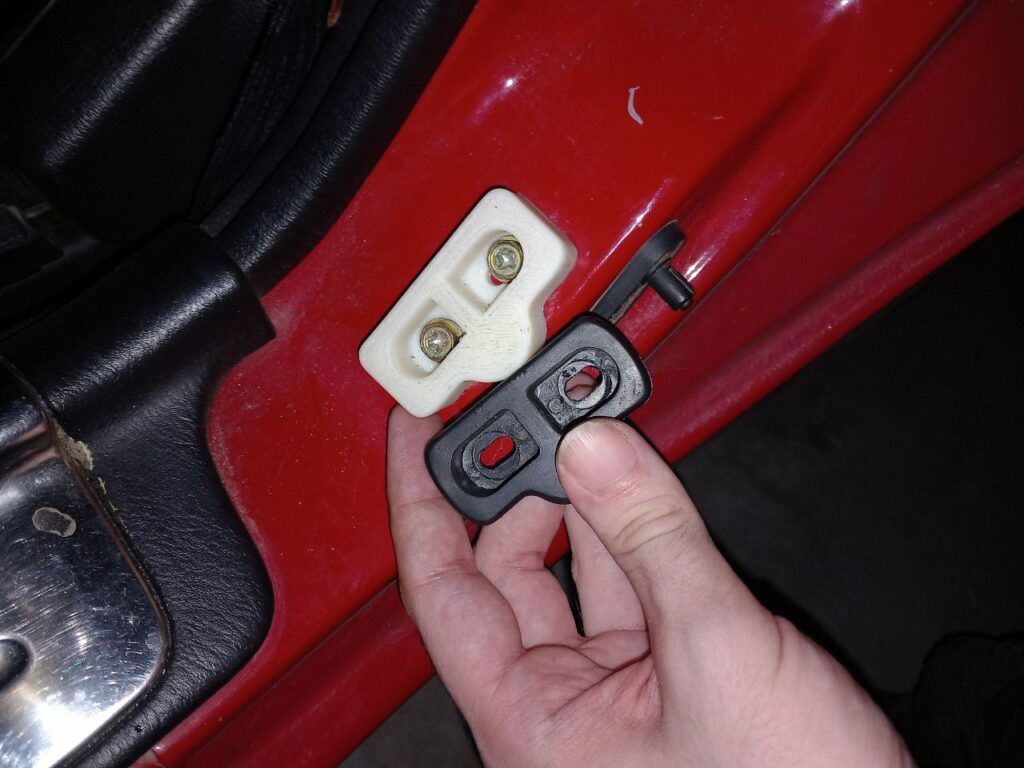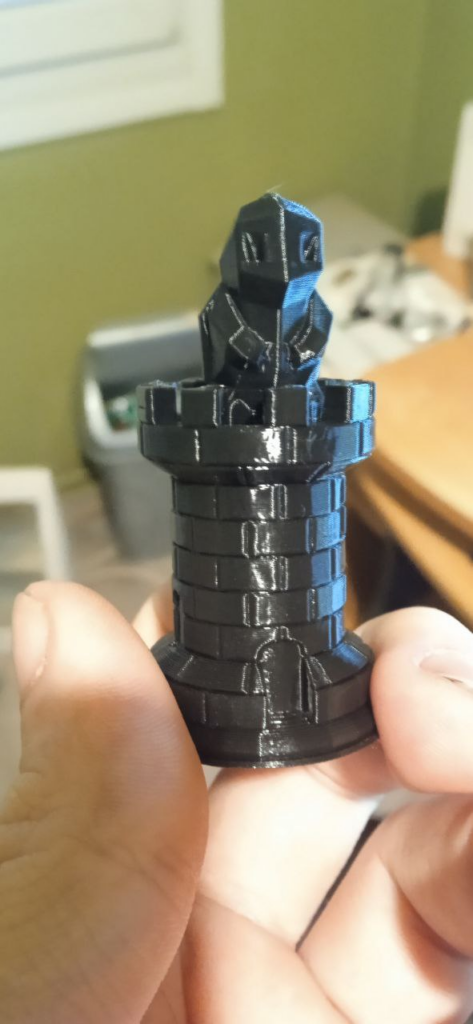From time to time people will ask me how much money do I save with a 3d Printer. Instead of asking how much my life has improved by using one. In this article we will talk about both topics.
Table of Contents
Introduction
Every time someone asks me about my 3D Printer, the dreaded question always comes up in the conversation:
“With that 3D Printer, you’ll save a lot of money, right?”
Don’t get me wrong, it’s not dreadful because it’s about money or savings, far from it, but the truth is that it’s a more recurrent question than I’d like to admit.
Looking to save money is fine, but that question implies overlooking many more details than just the economic ones, for example:
“How much does having a 3D printer make my life easier?”
Quantifying the savings is difficult if we don’t include that factor.
“How long do you wait for the Amazon delivery person? Is it worth driving 200km to buy that part you can make at home?”
They are innocent questions, but they have a quite interesting background. The fact of waiting often means missing opportunities, and the fact of moving, as much as I like driving, is often not convenient.
It’s not just the expense on gasoline and wear components, it’s often depending on third parties who are not always going to be available.
It’s meeting with a FB Marketplace seller to buy a part that is no longer manufactured and 10 kilometers from your destination he tells you: “Sorry, but I’ve already sold it.”
You’ve just spent 60€ on gasoline, 3 hours of your life, and you’re back to square one.
You need to buy a very specific tool that you will only use once in your life because the engineer decided to use imperial specification instead of metric.
Good for him.
Go to a hardware store in the middle of the rain or wait 3 days for the Amazon delivery person, Christmas is coming and those guys are way more overwhelmed than you.
Does it sound familiar?
With that in mind, I’m going to talk to you about how much I’ve saved with a 3D printer in various terms: Economic, time, and availability of the part.
How much does a 3D Printer cost?
Alright, having all this in mind, let’s quantify the printing costs.
A good quality 3D printer, one that can withstand everything we throw at it and more, is going to cost a minimum of approximately €200, a bit less if you catch it on sale.
In my case, I use a Sovol SV06, a real beast of a machine for a very reduced price.
It’s robust, reliable, and has withstood all the use I’ve given it while still being practically new. It has only asked me for filament, a bit of lithium grease, and basic maintenance.
You can spend more if you prefer, but in my experience, having previously owned an Ender 3 that cost me more money, it’s not worth it. It’s the best bang for the buck.
Having established that, a roll of ABS filament (a material that works for practically everything) can cost about €20 per kilo.
Calculating printing costs is relatively easy, any program that prepares the printing code (slicer) will give it to you.
Case 1: Hubcentric Rings

A hub centering ring is a small plastic or metal ring that is placed on the hub of a car to fit rims with a larger bore diameter.
When it was time to change the wheels on my car, I needed to use centering rings to compensate for the fact that the hub diameter of an Opel Corsa is slightly larger than that of an MX-5.
Many people are shocked to learn that they are 3D printed and therefore must be dangerous, but the truth is that the commercial ones are of lower quality for environmental reasons, tending to be made in polypropylene, which withstands temperature much worse than ABS.
In terms of stress, they don’t need to withstand much since they transfer their load to the hub, which is made of metal.
Let’s get to it. How much did they cost?
€20.
For the first case, it’s not a lot of money, but now, let’s add more factors.
€20, a week’s wait without being able to use the car, inferior quality material.
Now it seems like much more. In this case, the 3D Printer has served as an element of convenience, it’s not just a question of saving €19 (€1 of material), but also of saving a week of my time.
How much is your time worth?
P.S.: I already talked about the wheel covers in another article, just with that I could consider a saving of more than €600, but let’s stick to common terms and cases that could also happen to you.
Case 2: Imperial System
At least once in your life, you’re going to come across an engineer who decides to use imperial measurements for mass consumer products in Europe.
And if you live in the United States, you might find someone who decides to do the same with the metric system.
Mad geniuses.
The only clear thing we have here is that our toolbox is based on where we live, not on what the engineer believes.
Fortunately, there’s always someone on the internet who has gone through the same thing as you, much earlier.

A Grabcad user went through the same problem (probably) and decided to make use of their 3D Printer.
If you also need these tools, you can access them here.
The printing cost is just a few cents as such.
What would I have had to do to get them?
In the middle of the rain, take the car, travel 50 kilometers, and go looking for them at a hardware store, with the uncertainty of whether they offer them or not just to use them once (who cares if they break or not).
50 kilometers are 5 liters of gasoline in my MX-5, 4 liters in my Civic.
To be fair in the comparison, let’s say I take the Civic: 4 * 1.6 = €6.4.
In case I found them, they would have probably cost me about €2.
Monetary saving: €8.4.
Real saving? Do you really feel like going out in the rain to drive 50 kilometers?
Right, I could also have waited a few days for the Amazon delivery person, I don’t know which is worse.
With these two examples, we have saved €28.4.
In just two cases, we’ve already amortized 14% of the price of the printer and gained a few days of mental health.
I want you to understand that the theme of a 3D printer is not only monetary savings; the theme is that yes, you can save money, but where you really save is in headaches.
Case 3: The problem with all Miatas
The endemic problem that plagues all Miatas around the world.
At some point, Mazda’s accounting department decided that the best way to save costs for the consumer is to keep the door held to the body by a piece of rubber.
A piece that degrades and starts to transmit all the vibrations of the door to the cabin.
It may seem trivial, but if you combine that with poorly maintained roads, you can experience all the thrills of a horror ride when you hit a pothole at high speed and the door starts shaking violently.

By using a 3D printer, one can easily manufacture solid ABS bushings that keep the door firm without wear over time.
The black bushing you see in the photo is the OEM, and although it may seem “new” at first glance, it was full of micro-cracks.
How much would it have cost me to fix this?
The OEM part costs about €40 a pair in online stores, and even more at some official services.
A well-made piece, that is not rubber but printed or made of metal, costs about €60-80€.
Let’s say €60 to solve the problem permanently, €40 to suffer from it again after some time.
I’ll stick with the permanent solution.
€88.4 saved in these three cases. Which already amounts to 44% of the cost of the 3D printer.
Conclusion
In just three cases, we can see how almost half the cost of the printer is covered.
In just six uses, you could amortize your 3D printer. In my case, that’s been true, and there are many more examples I haven’t mentioned.
It’s very difficult to quantify them all, and the 3D printer has served me for things like creating the perfect birthday gift for a 7-year-old family member, like a Pokémon chess set.

In this case, the originality of the gift is priceless.
It has also served me to adapt a real steering wheel to a computer one, improving the feeling by a hundredfold.
How do I quantify all this? In terms of quality of life, peace of mind, and time savings.
The cost savings are just the icing on the cake.
A €200 3D printer for most of the Western world is not an exaggerated cost for the product you receive in return, likely your smartphone costs more.
What about you? Have you been able to save as much with your 3D Printer?
